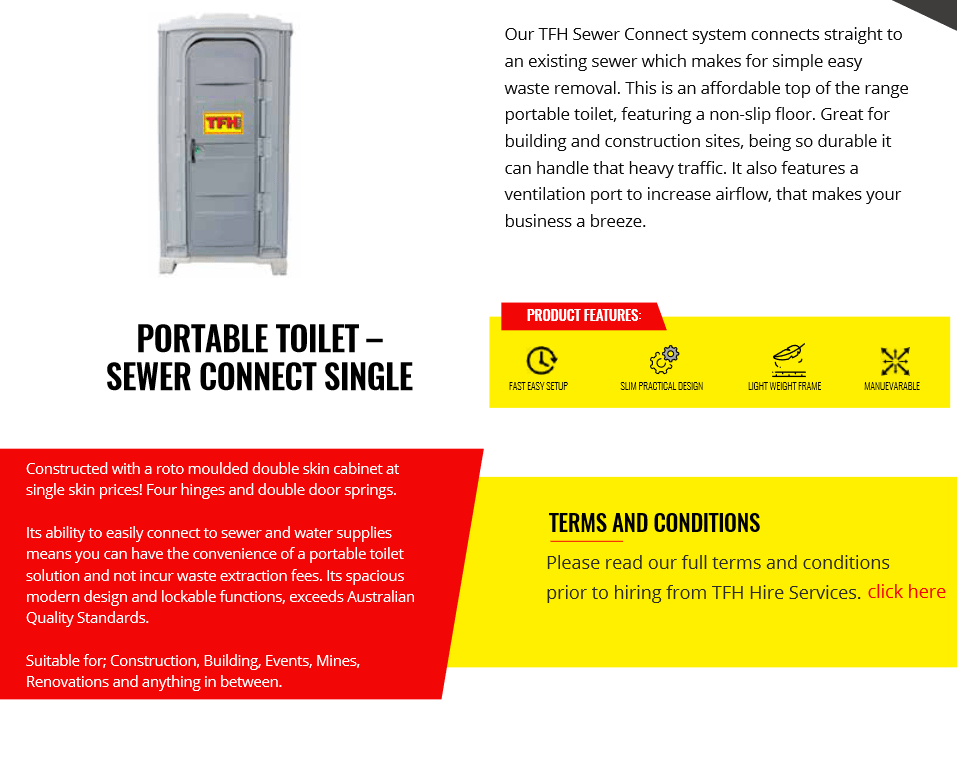The Basic Principles Of Reclaim Waste
Table of ContentsFascination About Reclaim WasteThe Greatest Guide To Reclaim WasteThe Greatest Guide To Reclaim WasteThe Basic Principles Of Reclaim Waste Reclaim Waste Can Be Fun For Anyone
Domestic sewage waste refers to the waste and items from a property septic storage tank. The appropriate monitoring and disposal of domestic sewer waste need liquid waste to be moved to a sewage therapy plant where the proper techniques and tools are applied to detoxify and dispose of waste.
Commercial waste often consists of possible hazards, such as combustible materials or a blend of fluid and strong waste products, and needs an advanced and thorough disposal procedure. The disposal of commercial waste commonly involves the purification of waste before transport to make certain secure and appropriate disposal. Hazardous waste is developed from results and runoff of industrial processes and manufacturing.
This sort of waste can not make use of the very same sewage administration transportation or processes as septic or business fluids. The commercial waste monitoring process requires the inspection and testing of liquid waste before it undergoes the disposal procedure (liquid waste disposal melbourne). Overflow waste is the fluid waste that originates from runoff and excess stormwater in very booming locations or cities
Drainage waste can create contamination and flooding if not taken care of correctly. Discover more concerning drain cleansing and waste monitoring. Ensuring proper waste management can prevent disasters and reduce environmental injury. Both people in household setups and specialists in industrial or manufacturing sectors can take advantage of recognizing the processes and regulations of fluid waste management.
7 Easy Facts About Reclaim Waste Shown
Call PROS Services today to find out about our waste monitoring and disposal solutions and the correct ways to care for the fluid waste you produce.
(https://www.behance.net/leonaube)Do you understand what occurs to your water when you pull the plug, purge the commode or drain the cleaning equipment? No? Well, it's worth recognizing. This so-called 'wastewater' is not only an important source however, after therapy, will be launched to our land, waterways or the sea. Utilized water from commodes, showers, baths, kitchen sinks, washings and commercial procedures is known as wastewater.

water made use of to cool machinery or clean plant and tools). Stormwater, a kind of wastewater, is runoff that moves from agricultural and city areas such as roofings, parks, yards, roads, paths and seamless gutters right into stormwater drains pipes, after rain. Stormwater flows untreated straight to local creeks or rivers, ultimately getting to the sea.
Get This Report on Reclaim Waste
In Queensland, a lot of wastewater is treated at sewage therapy plants. Wastewater is moved from domestic or industrial sites via a system of drains and pump stations, understood as sewage reticulation, to a sewage treatment plant.
The Department of Natural Resources suggests local governments regarding handling, operating and preserving sewerage systems and therapy plants. In unsewered locations, city governments might call for householders to mount specific or household sewer treatment systems to treat residential wastewater from commodes, kitchen areas, shower rooms and washings. The Department of Natural Resources authorizes the usage of house systems when they are confirmed to be effective.
In some brand-new communities, therapy of some stormwater to eliminate clutter, sand and gravel has begun using gross pollutant catches. Wastewater therapy occurs in four phases: Eliminates solid matter.
Wastewater then flows into large storage tanks where solids settle and are removed as sludge. Oil and residue are skimmed from the surface. Utilizes little living microorganisms knows as micro-organisms to damage down and remove continuing to be dissolved wastes and great fragments. Micro-organisms and wastes are included in the sludge. Removes nitrogen and phosphorus nutrients that might cause algal blooms in our rivers and intimidate water life.
Things about Reclaim Waste
Nutrient removal is not available in all sewage therapy plants because it requires costly specialized equipment. It is becoming much more usual in Queensland. Clear fluid effluent produced after therapy may still include disease-causing micro-organisms. If this effluent is released into rivers such as rivers or the sea, the micro-organisms will at some point die out.

This usually indicates wastewater needs to be dealt with or contaminants eliminated before it can be discharged find here to rivers. Most wastewater streams into the sewerage system. Under the Act, regional federal governments carry out authorizations and permits for environmentally pertinent tasks (ERAs) entailing wastewater launches that could have a neighborhood influence. The division administers authorizations and licences to ERAs involving wastewater releases that may have a regional or statewide influence.
The Of Reclaim Waste
Monitoring supplies factual details regarding water high quality and can confirm that permit problems are being met. The information gotten through monitoring offers the basis for making water quality decisions.